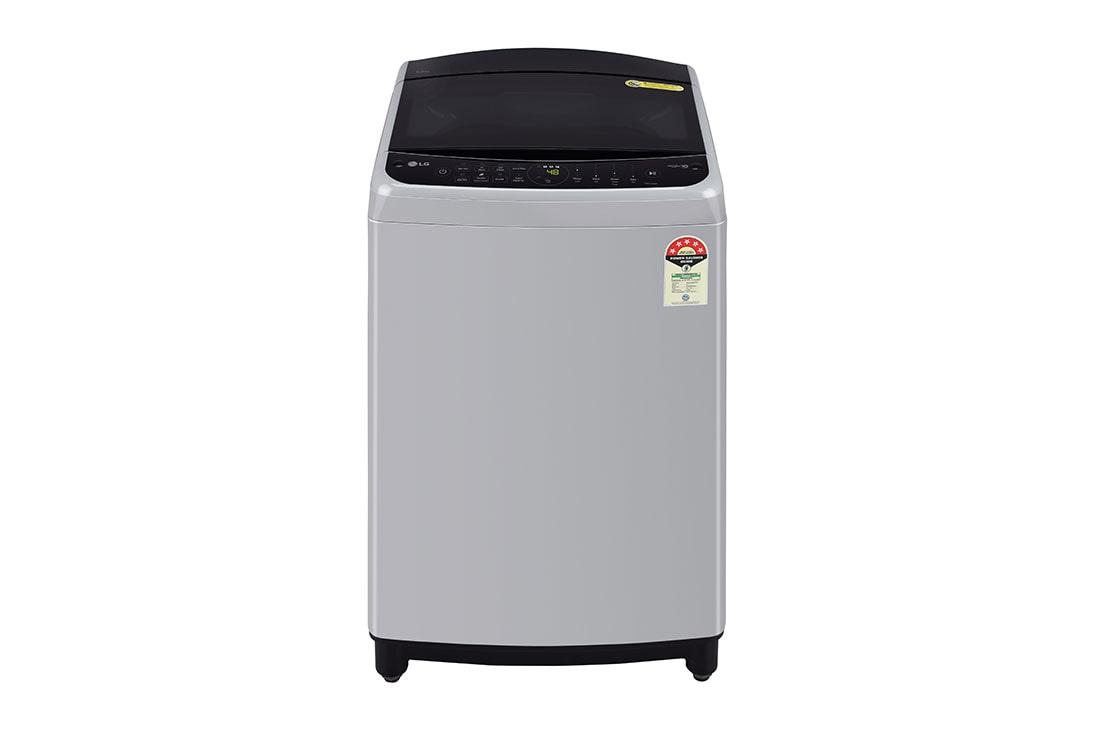@ All: Thank you for your views. They are truely enlightening.
@terence_fdes: I have used my machine in cold, warm (35C) & hot (45C) modes. My observations are:
1. Cleaning is better (especially at dirt prone areas like shirt collars/ cuffs etc.) when warm/ hot water is used. Even the clothes smell fresh when washed in hot water. I have never used the super hot (55C) mode as I feel temperatures beyond 50C can be damaging to clothes.
2. Use of hot water prevents scud build up in the drum. The LG washing machine manual suggests use of hot water every 5th wash for this reason.
3. It also depends at what time of the day the washing is carried out. If washing is carried out in afternoons, the water is by default at around 35-40C in most parts of India. Then the cold mode may be set to save energy.
4. In front loaders, heaters come built in by default. As far as top loaders are concerned, it is better to reduce complexity by going in for a machine with a hot water inlet, not with in-built heater. However, with in-built heater, as in my 360 machine, what I observed that the machine switches back and forth between heating mode and soak mode, i.e. if set temperature is 45C, the water is slightly heated, agipellar is run, then again water is further heated, agipellar is run and so on.
5. Machines with in-built heaters dramatically increase cycle times. For example, in my machine, with a small load (around 3kg), the cycle time for mode without heater ("mixed" program) is around 41-47 minutes. When set at 35C, the time increases to 64-75 mins. In contrast, if a geyser is connected, the water can be conveniently heated and then the machine run, leading to lower cycle times.
6. If the machine is fed with hot water from a geyser, the remaining hot water can be used for other purposes as well, not so if the machine has a in-built heater.
This concludes that it is better to take a top loader with a hot water inlet, not in-built heater. In front loaders, there is no such option.
You have said that you run the machine in two steps. Is there any such program or you manually do it (switching on off etc.)? Also, you have said that the total spin is for 1 minute. Is the time manually adjusted? Does the machine attain the full rpm in one go or in multiple attempts?
In my 360 machine, the spin is for 11 minutes approximately in "mixed/ cotton" mode, in which the machine attains the full rpm only when around 5-6 minutes are remaining. During the remaining time, it attains the rpm by repeatedly connecting/ disconnecting the drive and balancing in the process.
It would be helpful if anyone with a non-direct drive top/ front loader can confirm whether their machine vibrates (even slightly) during spin mode.
Again wonderful observations and pointers for all of us in understanding how to get the best performance out of our WM's.
Regarding our LG WM - We run it in two steps (manually, however both these steps can be programmed too).
Step 1: The "Soak + Wash" mode - this is available for 40/50/60 mins only. Once the machine fills up water - it starts it's work of rotating, churning up & down, round & round and left-right-left-right alternating with static (no run times) too. From start to end no water is drained out.
Step 2: Wash + Rinse + Spin
Wash - available in minutes
Rinse - available as "no. of times" only - we use 2 times (max 7)
Spin - available in "minutes" only - we use 1 minute (max 7)
Last edited by a moderator:







 for this fabulous LG WM that we purchased way back in 2012.
for this fabulous LG WM that we purchased way back in 2012. ) repair - had to replace the PCB panel, it was short-circuited - this happened within the first few months & cost us Rs 2500 then. The cause was a faulty main power-supply wall point-socket that had fused off - damm
) repair - had to replace the PCB panel, it was short-circuited - this happened within the first few months & cost us Rs 2500 then. The cause was a faulty main power-supply wall point-socket that had fused off - damm 


 ).
).




 apart from being more expensive.
apart from being more expensive.